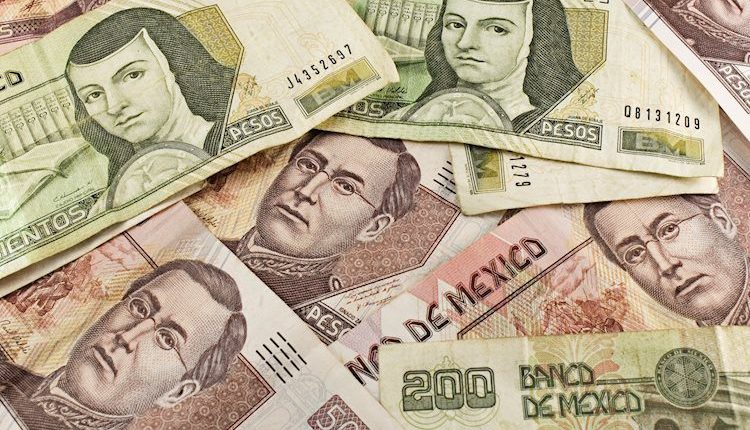- USD/MXN has retraced the intraday gains due to a decline in US Bond yields.
- Banxico is expected to maintain its current interest rate level, following the economic resilience and the robust labor market.
- The pullback in US Dollar could be attributed to weaker employment data on Wednesday.
USD/MXN struggles to retrace the recent losses, trading around 17.9410 during the Asian trading session on Thursday. The pair has almost trimmed the intraday gains amid the correction in the US Dollar (USD), following the downbeat US employment data on Wednesday.
US ISM Services PMI declined from 54.5 to 53.6 in September, in line with expectations. The ADP Employment Change for September rose by 89,000, falling short of the market consensus of 153,000 and marking the lowest level since January 2021.
However, the market caution regarding the interest rate trajectory of the US Federal Reserve (Fed) could provide support for the USD/MXN pair. The US Dollar Index (DXY) pulls back from an 11-month high due to the pullback in US bond yields. The DXY trades lower around 106.50 at the time of writing.
However, the initial bond sell-off pushed US yields to levels not witnessed in years, followed by a rebound. The 10-year US Treasury yield has corrected from 4.88%, a level reached on Wednesday, which was the highest since 2007. Investors will closely monitor the bond market, recognizing its pivotal role in driving financial markets.
Traders are likely on the lookout for the upcoming Jobless Claims and Nonfarm Payrolls on Friday. Positive figures could spur further USD gains and elevate volatility in the bond market.
On the Mexican side, the upgraded economic forecasts from the International Monetary Fund (IMF) reflect the strength in various sectors of Mexico’s economy, including consumption, services, and automotive production. The revised growth projections, particularly the increase from 2.6% to 3.2% for 2023, indicate optimism about Mexico’s economic performance.
Bank of Mexico’s (Banxico) decision to maintain the benchmark interest rate at 11.25% suggests a commitment to its current monetary policy stance. Additionally, the revision of inflation projections from 3.5% to 3.87% for 2024 indicates concerns about potential inflationary pressures, surpassing the central bank’s target range of 3%.
Banxico’s decision to emphasize Mexico’s economic resilience and the robust labor market as factors supporting the current interest rate level indicates a cautious approach to monetary policy. While the risk-on sentiment temporarily halted the depreciation of the Mexican Peso, the overall bias remains bearish.
Investors will likely watch Mexican Consumer Confidence for the month of September, which could provide further cues on country’s economic overview.
Read the full article here

